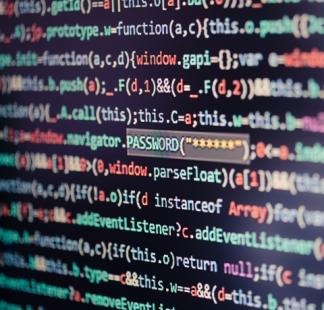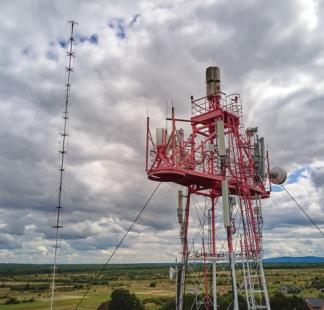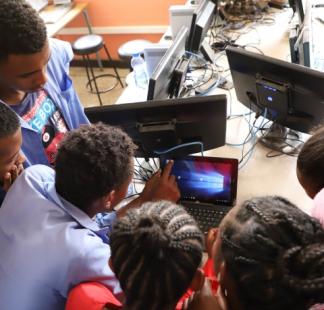Displaying 1 - 12 of 126
12 May 2025 - 31 Oct 2025
Blended
The objective of Her CyberTracks is to promote the equal, full, and meaningful representation of women in cybersecurity. To this end, the training…
Languages:
- English
12 May 2025 - 31 Oct 2025
Blended
The objective of Her CyberTracks is to promote the equal, full, and meaningful representation of women in cybersecurity. To this end, the training…
Languages:
- English
Open
Online self-paced
This training aims to strengthen the capacity of countries to produce ICT indicators and statistics according to international standards and…
Languages:
- English
12 May 2025 - 31 Oct 2025
Blended
The objective of Her CyberTracks is to promote the equal, full, and meaningful representation of women in cybersecurity. To this end, the training…
Languages:
- English
01 Jun 2025 - 31 Dec 2025
Online instructor led
The online IoT course applied in rural areas is a comprehensive program focused on understanding and implementing Internet of Things solutions in the…
Languages:
- English
Open
Online self-paced
Wireless technology now drives the development and diversification of information and communication services for government, industry, and the public…
Languages:
- English
01 Jul 2025 - 05 Dec 2025
Blended
This training course aims to develop and enhance the cybersecurity skills and capabilities of professionals in the early stages of their careers…
Languages:
- English
01 Oct 2025 - 30 Oct 2025
Online instructor led
À mesure que les gouvernements s'appuient de plus en plus sur des outils de communication numériques, les menaces émergentes telles que les…
Languages:
- French
Open
Online self-paced
In the telecommunications industry, price is no longer the sole factor in purchasing decisions. Service quality plays a key role to all stakeholders…
Languages:
- English
06 Oct 2025 - 17 Oct 2025
Online instructor led
This course is designed to develop IT professional's knowledge and skills to scope, initiate, deliver and close a fiber optic project, in time, on…
Languages:
- English
06 Oct 2025 - 21 Oct 2025
Online instructor led
This 20-hour course covers the key emerging technologies shaping the digital future and their applications across various sectors. Topics will…
Languages:
- English
Open
Online self-paced
This self-paced course aims to support national stakeholders in developing national Waste Electrical and Electronic Equipment (WEEE) policy and…
Languages:
- Arabic
- English
- French
- Spanish








